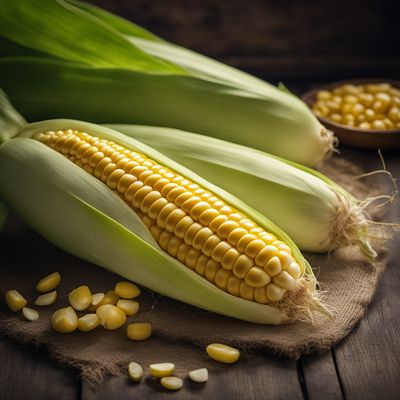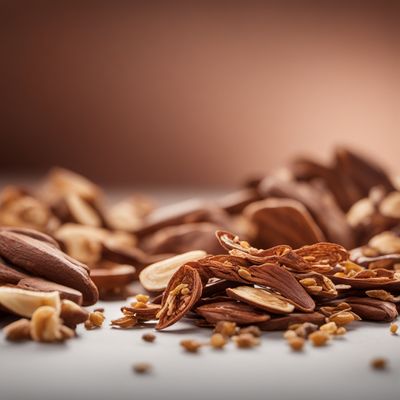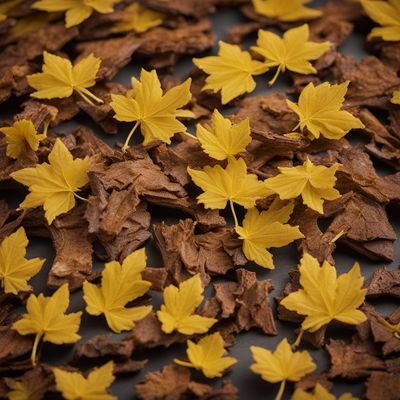
Ingredient
Horse-chestnut (infusion seeds, bark)
The Majestic Remedy
Horse-chestnut, derived from the infusion of its seeds and bark, is a majestic remedy known for its potential health benefits, particularly in supporting vein health and reducing inflammation. With a rich historical background, this ingredient has been used in traditional medicine for centuries.
Origins and history
Horse-chestnut, scientifically known as Aesculus hippocastanum, is native to the Balkan Peninsula but is now widely cultivated across Europe and North America. Its seeds and bark have been traditionally used in herbal medicine to alleviate symptoms of chronic venous insufficiency and reduce inflammation.
Nutritional information
Horse-chestnut is not commonly consumed as a food ingredient, but rather used in the form of supplements or topical applications. It contains active compounds called saponins and flavonoids, which are believed to contribute to its potential health benefits. It is important to consult a healthcare professional before using horse-chestnut as a remedy.
Allergens
There are no known allergens associated with horse-chestnut (infusion seeds, bark).
How to select
When purchasing horse-chestnut supplements or topical products, look for reputable brands that adhere to quality standards and use standardized extracts. It is advisable to consult a healthcare professional for guidance on the appropriate dosage and usage.
Storage recommendations
To maintain the freshness and potency of horse-chestnut supplements or topical products, store them in a cool, dry place away from direct sunlight. Follow the storage instructions provided by the manufacturer to ensure optimal quality and effectiveness.
How to produce
Horse-chestnut trees can be grown from seeds or propagated through grafting. They require well-drained soil and a sunny location to thrive. However, it is important to note that the seeds and bark of horse-chestnut should not be consumed without proper processing and guidance from a healthcare professional.
Preparation tips
Horse-chestnut is primarily used in the form of supplements or topical applications. When using horse-chestnut as a remedy, it is important to follow the recommended dosage and usage instructions provided by a healthcare professional.
Culinary uses
Horse-chestnut is commonly used in traditional medicine to support vein health, reduce inflammation, and alleviate symptoms of chronic venous insufficiency. It is often found in the form of supplements, creams, or ointments.
Availability
Horse-chestnut is commonly cultivated in Europe and North America, particularly in countries like Germany, France, and the United States.
More ingredients from this category » Browse all

Parsley (infusion fruits)
The Versatile Herb: Unveiling the Infusion Fruits of Parsley

Cupuaçu
The Exotic Delight: Cupuaçu - A Tropical Treasure for Culinary Adventures

Cherries (sweet) (infusion stems)
The Juicy Gems of Summer

Hibiscus (infusion seeds)
The Vibrant Infusion

Cocoa (infusion husks)
The Essence of Cocoa Infusion Husks

Purging cassia (infusion fruits)
The Detoxifying Spice: Purging Cassia

Wild angelica (infusion fruits)
The Enchanting Infusion Fruits of Wild Angelica

Sweet corn (stigmas styles)
The Golden Threads: Sweet Corn Stigmas Styles

China (infusion bark)
Ancient Bark Elixir

Witch hazel (infusion bark)
Nature's Astringent

Juniper (infusion bark, wood, shoots)
Exploring the Essence of Juniper: From Bark to Shoots

Lignum vitae (infusion bark, wood)
"The Mighty Lignum Vitae: Nature's Healing Power"